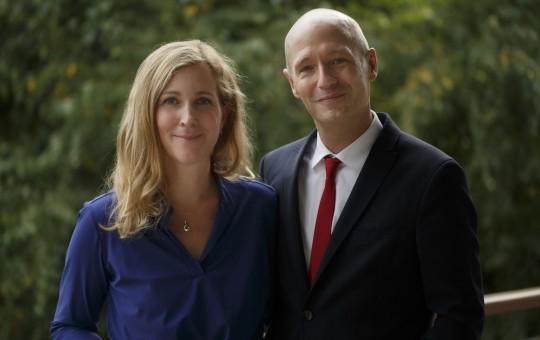Date: 27. May 2020
Time to read: 5 min
The small but diverse country of Slovenia is a true haven for those who want to admire green nature, learn about the culture of old towns and discover hidden gems. The easiest way to travel around Slovenia is by car.
In 2015, the car industry in Slovenia generated almost a billion euros in revenue with the sale of the cars it produced. The majority of produced cars is exported, mainly to Germany, France and Italy. The export of cars generated 1.6 billion euros in revenue in 2015, 0.4 billion more than was generated from importing cars (Slovenia imports the majority of cars from Korea, Germany and France).
Number of cars in Slovenia is increasing slowly but surely
The prices of cars fell by 30% on average in the period from 2008 to 2015, which is probably one of the reasons behind Slovenia’s subsequent rise in car sales.
In 2015, there were a total of 1,078,737 cars registered in Slovenia, which is 523 cars per 1,000 inhabitants.
According to motorisation rate, Slovenia ranked ninth among EU Member States.
There were more male car owners in 2015 than female car owners, and they were on averageslightly older than female owners. The Renault car brand was most popular among both groups, followed by Volkswagen and Opel. Most passenger cars in Slovenia were a metallic light-grey colour.
Traffic regulations
To drive on Slovenian motorways you must have a toll sticker, known as a vignette, and you must also use dipped headlights, even during the day. The use of fog lights is permitted only when visibility is reduced to less than 50 metres. The driver and passengers must all wear safety belts. Every car also has to have the required equipment, which includes a warning triangle, set of replacement bulbs, first aid kit and a reflective jacket. From 15 November to 15 March, cars must have winter equipment – winter tyres with a profile of at least 3mm or summer tyres and snow chains in the boot. The maximum drink driving limit for a breathalyser test is 0.5mg/l.
The following speed limits apply in Slovenia:
- 50 km/h (built-up areas)
- 90 km/h (regional roads)
- 110 km/h (express roads)
- 130 km/h (motorways)
It is possible to hire a car from specialist agencies or at airports. To hire a car, you must be 21 or over and have a driving licence for at least two years.
The Automobile Association of Slovenia (AMZS) provides 24-hour assistance and towing.
Passing your driving test
To take your driving test, your ordinary residence must be in Slovenia or you have to submit proof that you have been studying in Slovenia for at least six months.
If you have a valid driving licence that was issued in another EU Member State, Lichtenstein, Norway or Iceland and you are temporarily or permanently living in the Republic of Slovenia, you can request a Slovenian driving licence on this basis. This can be done at any administrative unit.
If you have been registered to reside (temporary or permanent) in Slovenia based on a residence permit for more than six months and your driving licence was not issued by an EU Member State, Lichtenstein, Norway or Iceland, you can get a Slovenian driving licence by undergoing a medical exam then taking driving lessons and the practical part of the driving test at a driving school.
The Slovenian Traffic Safety Agency provides testing for driving licences at more than 20 locations throughout Slovenia. Driving test candidates apply for a driving test at an administrative unit, where their fulfilment of requirements is checked and they are registered for the theoretical and practical parts of the test.
In 2019, 53,450 candidates took the theory test and 47.15% achieved a passing grade, while 45,589 candidates took the practical test and 55.79% successfully passed.
Take a tour of Slovenia. In the morning, you can travel to the Alps and ascend to the very top of a mountain and then make your way towards the beautiful Slovenian coast and take a swim in the sea in the afternoon. All in the same day!













